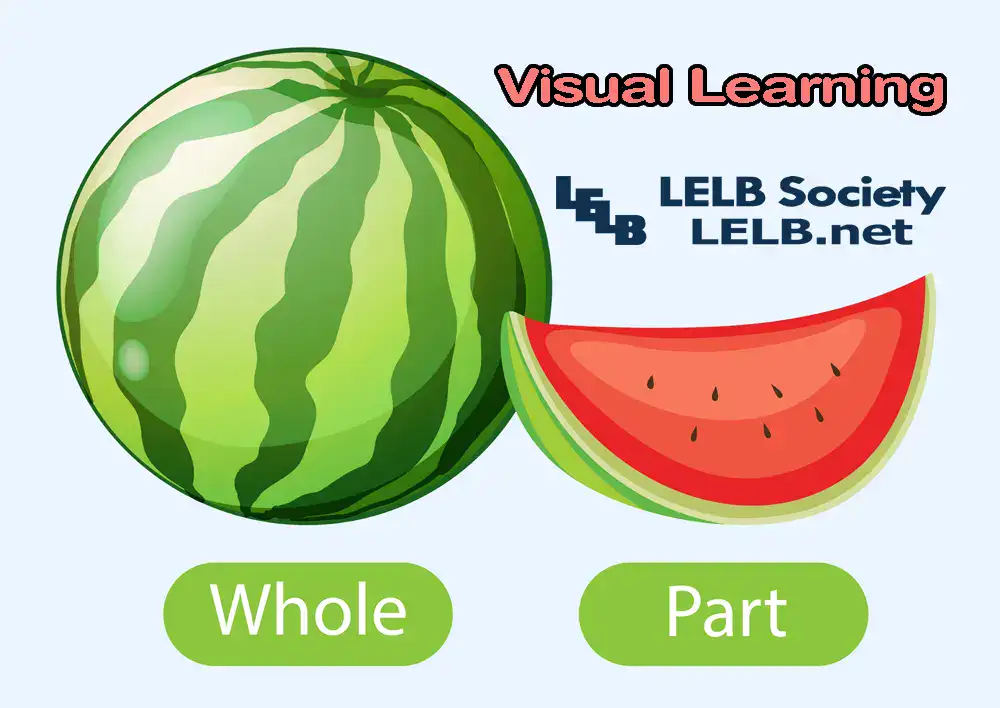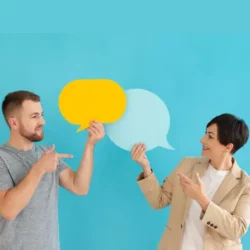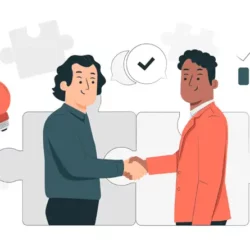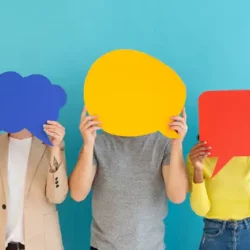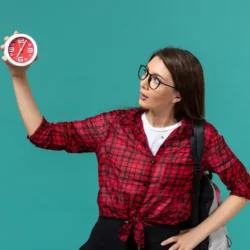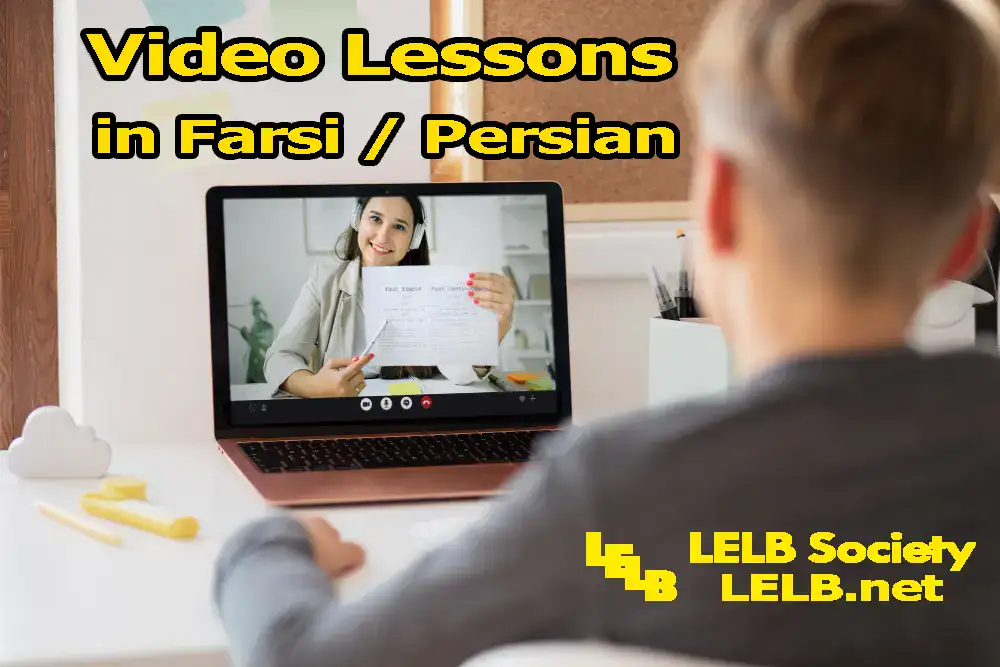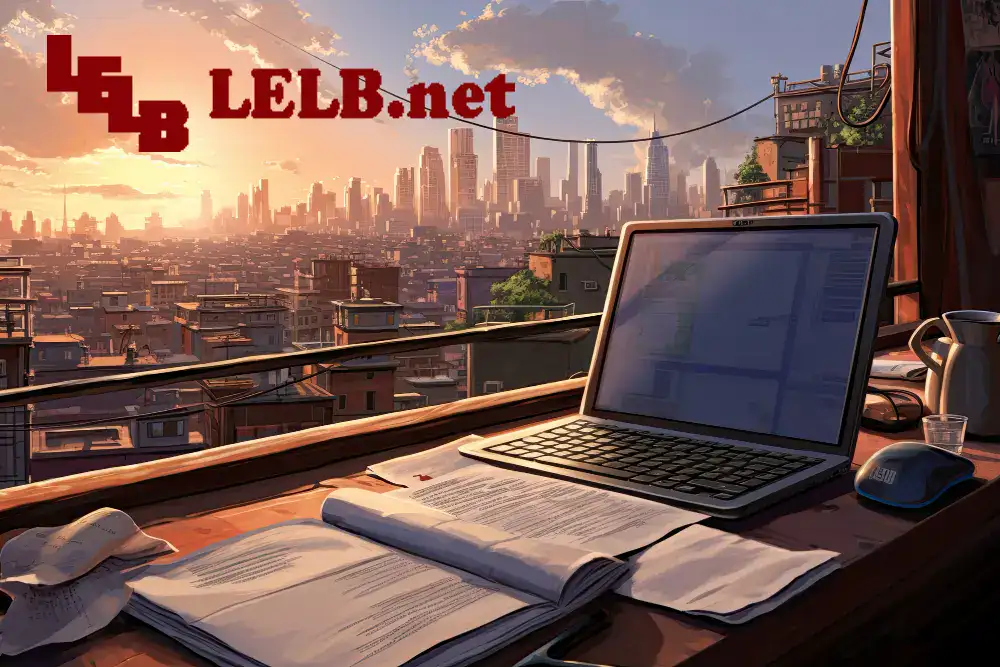Building a strong vocabulary is a cornerstone of effective communication, yet memorizing endless lists of words can feel like a tedious chore. Thankfully, there’s a powerful tool at our disposal: pictures and images through visual learning.
Video of Mastering Vocabulary with Images
Learning vocabulary with images or pictures isn’t just about finding a synonym for every word. It’s about creating a deeper understanding by engaging multiple learning pathways in the brain. Here’s why this approach is so significant:
Boosting Memory and Retention
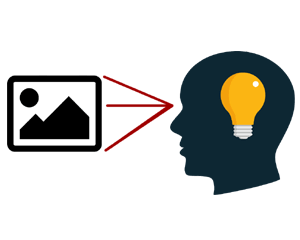
Our brains are wired to process visuals efficiently. Studies have shown that pairing a word with an image creates a stronger memory trace compared to relying solely on definitions. This is because the image provides a concrete reference point, aiding in encoding and retrieval of the information. Imagine trying to remember the word “tremendous.” While a definition might suffice, a picture of a towering waterfall instantly conveys the concept in a way that sticks.
Bridging the Gap Between Languages

For language learners, pictures become a universal language, bypassing the need for translation. This is particularly helpful when dealing with words that lack direct equivalents in another language. A picture of a “blizzard” can convey the meaning effectively, even for someone unfamiliar with the term.
We shall not forget the images adorning cave walls, created by our ancestors tens of thousands of years ago, offer a glimpse into their world. From detailed mammoths to mysterious abstract symbols, these paintings were more than just decoration. They may have served a spiritual purpose, documented hunting practices, or acted as a form of communication, leaving behind a captivating window into the lives of our distant past.
Unlocking Abstract Concepts

Abstract words like “sadism” or “serendipity” can be tricky to grasp. Pictures can bridge this gap by depicting situations or emotions that embody the concept. An image of a rainy day with a lone figure could represent melancholy, while a picture of someone stumbling upon a hidden treasure chest could illustrate serendipity.
Abstract vocabulary, by definition, lacks a physical form. Pairing these words with images creates a visual anchor. This connection helps bridge the gap between the abstract concept and the concrete world, making it easier for the brain to grasp the meaning and retain the word for future use. For the sake of clarity, consider the following highly abstract words that have been visualized and contextualized in LELB Society’s visual dictionary:
Enhancing Engagement and Motivation
Let’s face it, rote memorization can be dull. Pictures, on the other hand, can spark curiosity and make learning more engaging. Interactive activities like matching words to pictures or creating stories using vocabulary words with corresponding images can turn vocabulary acquisition into a fun and stimulating experience.

Learning vocabulary with pictures that spark emotions creates a powerful memory link. Imagine encountering a photo of a lone astronaut gazing out at the vastness of space alongside the word “disconsolate” instead of a simple definition. The image’s poignant isolation would connect with the word’s emotional weight, making it easier to recall “disconsolate” and its meaning. This emotional connection breathes life into new vocabulary, turning memorization into a process of discovery.
Catering to Different Learning Styles
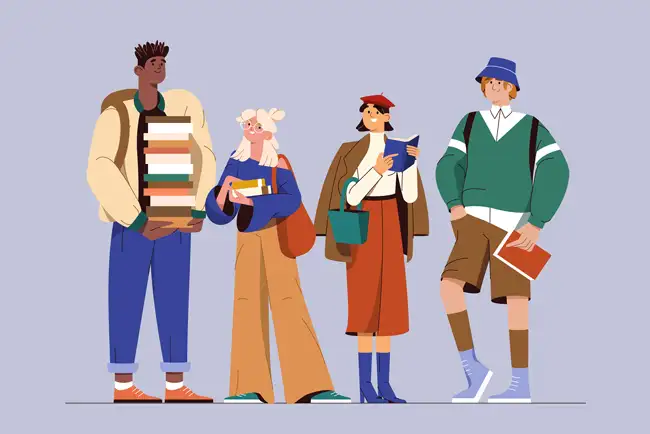
Not everyone learns the same way. Some learners are visual, while others are auditory or kinesthetic. Using pictures caters to visual learners who benefit from the concrete representation. However, pictures can also be combined with audio recordings or even actions to create a multi-sensory learning experience that caters to different learning styles.
LELB Society caters to diverse learning styles! Visual learners will appreciate thousands of video lessons and image-based vocabulary breakdowns. Auditory learners can benefit from the structured online language classes, embedded podcasts, and the option to discuss and receive feedback directly from teachers. Kinesthetic and self-directed learners will find freedom in the asynchronous learning materials and the ability to learn at their own pace, while everyone benefits from the engaging content and focus on practical language application.
The Power of Context
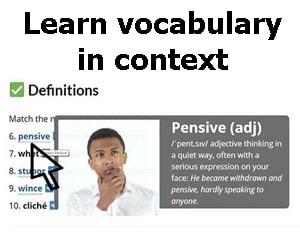
Pictures can provide valuable context for understanding a word’s meaning and usage. For example, seeing a picture of a “gigantic” elephant alongside a regular-sized car visually conveys the scale of the word, rather than simply memorizing a definition.
To cast more light on the efficacy of contextualization, let’s call your attention to the post thumbnail or featured image of this article on top of the page. This picture can be used to teach part and whole matters by using the visual representation of a whole watermelon and a single slice. The text labels reinforce this concept with the words “Whole” and “Part”. By pointing to the whole watermelon and explaining that it is the complete fruit, then pointing to the slice and explaining it is one piece of the whole watermelon, you can help students understand the relationship between the parts and the whole.
Building Associations and Relationships
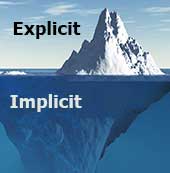
Pictures can help learners connect new vocabulary words to existing knowledge. For instance, a picture of a “meticulous” chef carefully arranging a plate can be linked to the concept of precision and attention to detail. This process of building associations strengthens understanding and retention.
Pairing vocabulary with images creates powerful neurological pathways in the brain, solidifying learning. When you encounter a new word like “trepidation” alongside a picture of a hesitant climber dangling over a precipice, two areas of your brain light up – the visual cortex processing the image and the language center deciphering the word. This creates a strong association, making it easier to recall “trepidation” later and understand its nuance of anxious fear. This visual-linguistic link strengthens memory and fosters a deeper understanding of the word’s meaning.
Neurological considerations of visual learning
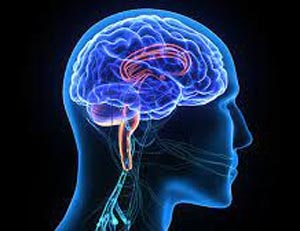
Learning vocabulary with images isn’t just about association, it’s a neurological power move. Images activate the right hemisphere of your brain, which excels at visual processing and spatial reasoning. This creates a bridge between the visual representation and the word itself, engaging both sides of your brain and fostering a deeper, more holistic understanding.
Visual flashcards can be a powerful tool for accelerating and solidifying vocabulary acquisition. As mentioned above, expressive images directly engage the visual cortex, creating stronger memory associations with new words. This dual-coding process of seeing the word and its representation boosts recognition and recall. Furthermore, well-chosen visuals can capture the essence of a word, fostering a deeper understanding that goes beyond just definition.
While photographs are powerful tools, don’t limit yourself. Consider using diagrams, infographics, or even cartoons to represent vocabulary words. The type of image you choose can depend on the complexity of the word and the learning objective.
Visual learning for the deaf

Learning vocabulary with images through visual learning can be highly beneficial for the deaf. The following four facts can prove this argument scientifically:
- Visual Processing Strength: Deaf individuals tend to have stronger visual processing skills compared to hearing individuals. Images directly tap into this strength, creating a clear and memorable connection with the new vocabulary word.
- Reduced Reliance on Spoken Language: Since spoken language comprehension might be a challenge, images offer an alternative pathway to understanding vocabulary. The visual representation provides a clear meaning independent of pronunciation or sound.
- Universal Language of Images: Images can transcend spoken language barriers. A well-chosen picture can effectively convey the meaning of a word, even if the learner doesn’t know the spoken or signed equivalent.
- Foundation for Written Language: Images can act as a bridge between objects/concepts and written words. By associating the image with the written word, deaf learners can build a stronger foundation for written language comprehension and expression.
Since Dr. Mohammad Hossein Hariri Asl, the founder and developer of LELB Society and our built-in visual dictionary, is visually impaired himself, he’s ready to provide free access to our growing visual dictionary of advanced and academic words for deaf learners and facilitate education for people with disabilities like him.
Putting it into Practice
Here are some practical tips for incorporating pictures into your vocabulary learning:
- Create flashcards with pictures and definitions.
- Use online resources and apps that offer vocabulary games with visuals, e.g. LELB Society’s visual dictionary.
- Keep a vocabulary notebook where you sketch or paste pictures next to new words.
- Find picture books or illustrated novels that introduce new vocabulary in context.
- Engage with visually-driven content like documentaries or educational videos.
Why choose LELB Society for visual learning?

LELB Society offers a compelling approach to vocabulary building that leverages the power of visual learning. Unlike traditional methods relying solely on definitions, LELB Society pairs each word with an image, creating a strong association in your brain. This visual anchor is particularly effective for abstract vocabulary. Words like “parody” or “abrupt” can be challenging to grasp without a concrete reference. Our illustrations act as a bridge, making the abstract concept easier to understand and remember.
Furthermore, LELB Society goes beyond simple image association. We present vocabulary in real-world contexts, such as short passages or excerpts. This approach helps you see how the word is actually used, solidifying your understanding and boosting your reading comprehension skills. We even categorize vocabulary thematically, grouping related words together. This thematic organization strengthens the connections between words and aids in building a broader understanding of a particular subject area.
On our educational website with WordPress, we’ve selected 4 categories and 10 tags or keywords according to which over 2800 advanced and academic words have been visualized and contextualized in LELB Society’s visual dictionary:
Categories of visual words
- 1100 Words You Need to Know
- 504 Absolutely Essential Words
- 601 Words You Need to Know
- GRE Vocabulary Flashcards in Real Context
Tags or themes in visual words
Conclusion
Learning vocabulary with pictures is not just a shortcut; it’s a powerful strategy that leverages the way our brains naturally process information. By incorporating visuals into your learning journey, you can unlock a deeper understanding, improve retention, and make vocabulary acquisition a more engaging and rewarding experience. So, the next time you encounter a new word, don’t just read the definition – find a picture!
Recent words in LELB Society’s visual dictionary
- See it, Learn it! Mastering Vocabulary with Images
- Conserve Definition in Context with Images Visual Words
- Inflection Definition in Context with Images Visual Words
- Brine Definition in Context with Images Visual Dictionary
- Fiduciary Definition in Context with Images & Synonyms
- Eupepsia Definition in Context with Images & Examples
- Auroral Definition in Context with Images & Synonyms
- Demise Definition in Context with Images & Synonyms
- Circumlocution Definition in Context with Images
- Intermittent Definition in Context with Images & Synonyms
